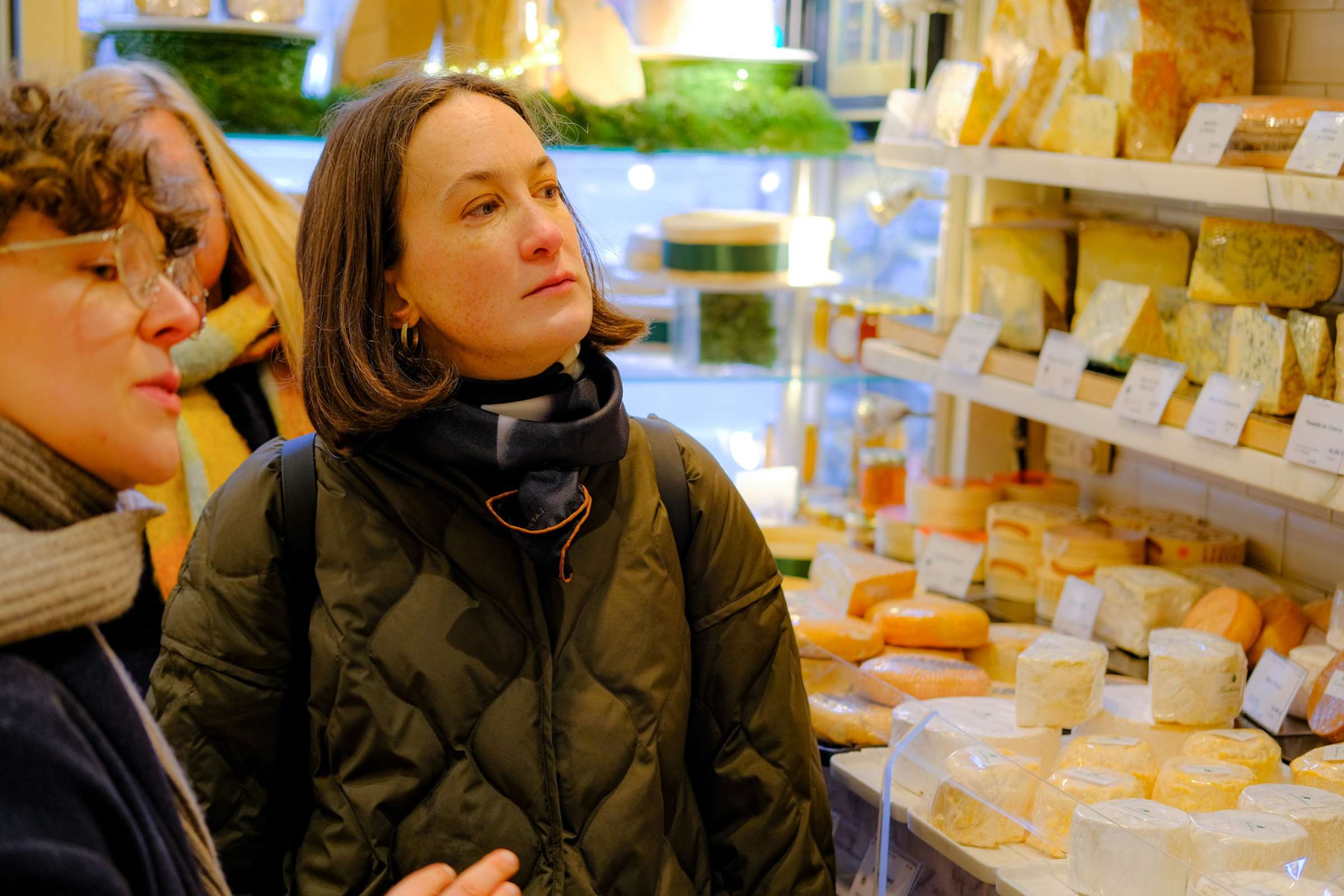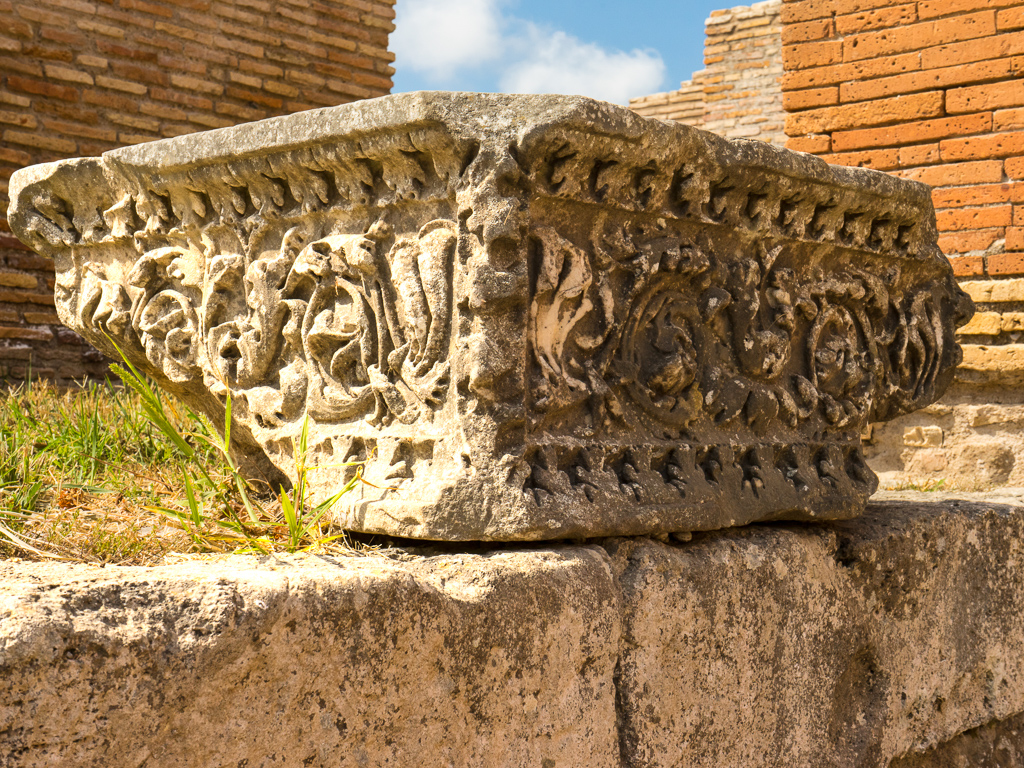Here is some helpful information on the best way to visit the Colosseum, Forum and Palatine Hill.
Terrain and Temperature
The terrain of the area, especially on the Palatine Hill, can be a bit uneven at times and will require a bit of climbing, in addition to lots of walking. Wear comfortable walking shoes, and for the summer, a hat is always a good idea. The summer sun can be quite harsh in the months of June, July, and August so packing a supply of sun cream is essential. Try to find shade towhere possible, as most of the area is subject to direct sunlight and might become uncomfortable after an extended period of time.
Seasonal Opening Times
The Colosseum, Forum and Palatine Hill have a seasonal opening schedule. Please keep this in mind when scheduling a visit in the winter (late October through April). From April to August, opening hours are 8:30 a.m. – 7:15 p.m. For winter months, sites begin to close around 5 p.m., with the ticket office closing one hour before the closure. For more information about tickets to the most popular sites in Rome, including the truth behind the "skip the line" offerings at many sites, you'll want to reference this blog article.
Arriving Via Public Transportation
The archaeological heart of the city is easy to access via public transportation. The “Colosseo” stop on the Metro B (blue) line is convenient for those arriving from Termini station. For those arriving from the Spanish Steps/Pantheon/Piazza Navona area, the following buses all stop in the immediate vicinity of the Colosseum: 571, 87, 85, 60, 117.
Resources on Ancient Rome
- Open University podcasts on Ancient Rome
- Ancient Rome Comes to Google Earth Damnatio Memoriae – Article by former Context expert guide Katie Parla about legacy and memory in antiquity.
Glossary of Terms You'll Hear
- Stratigraphy – a branch of archaeological geology, the study of rock layers and layering
- Barrel vault – architectural element formed by a single curve that extends along a given distance
- Stucco – fine plaster used for coating wall surfaces or molding into architectural decorations
- Column – an upright pillar, typically cylindrical and made of stone or concrete, supporting an entablature, arch, or other structure or standing alone as a monument
- Pilaster – slightly-projecting column built into or applied to the face of a wall, most often rectangular in form
- Monumental arch – an architectural style of arch built to celebrate a victory in war, but often used to celebrate a ruler
- Porphyry – an igneous rock containing crystals, usually of feldspar, in a fine-grained, typically reddish composition
- Travertine – a white or light-colored calcareous rock deposited from mineral springs, used as a building material
- Basilica – an oblong building ending in a semicircular apse used in ancient Rome especially for a court of justice and place of public assembly
- Tufo – (tuff in English) is a type of rock made of volcanic ash ejected from a vent during a volcanic eruption. Following ejection and deposition, the ash is lithified into a solid rock
Additional Reading
- Oxford Archaeological Guides by Amanda Claridge, Oxford University Press, 2010
- The Power of Images in the Age of Augustus by Paul Zanker, Michigan University Press, 1998
- Ancient City of Rome: The Archaeology of the Eternal City ed. John Coulston and Hazel Dodge, Oxford University, 2000
- Roman Life 100 B.C. to 200 A.D. by John R. Clarke, Abrams Books, 2007
- Penguin Historical Atlas of Ancient Rome by Chris Scarre, Penguin Books, 1995
Want to learn with a true expert? Get a comprehensive view with one of Context's private or small group tours in Rome!













